Partners Developing Underwater Single Photon Imaging System
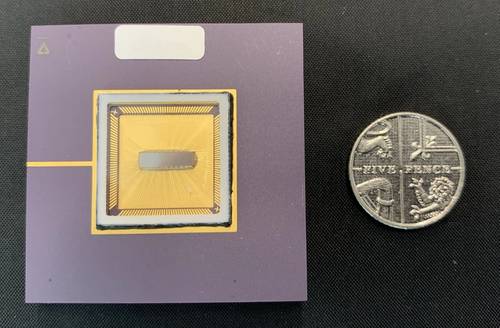
A single photon avalanche diode (SPAD) sensor from the University of Edinburgh, with a five pence coin for scale. (Image: Sonardyne)
A consortium of universities and technology companies led by marine technology company Sonardyne is working to develop a groundbreaking underwater single photon mapping and imaging system. The partners have been awarded £2.7 million in funding from the Innovate UK Commercializing Quantum Technologies Challenge.
The revolutionary underwater single photon imaging system (USPIS) project will develop next generation technology and equipment capable of delivering wide area coverage and high-resolution 3D images in all underwater environments.
The consortium brings together decades of expertise and experience from six key industrial, research and academic institutions with world-class backgrounds to collaboratively develop a commercially viable subsea mapping system and consists of:
- Sonardyne International Ltd — with over 50 years expertise in the provision of underwater positioning, sensing, and imaging systems; leading the project, system integration and testing.
- Fraunhofer UK Research Ltd — are developing the laser system and environmental testing.
- RedWave Labs Ltd - are designing and building the rugged and compact control electronics for the 100 pico-second pulsed laser source.
- Photon Force Ltd - are developing a next-generation 1D SPAD array sensor and accompanying FPGA for onboard processing targeted at imaging through scattering environments.
- Heriot-Watt University — are applying their knowledge to the design of the transceiver system and single-photon imaging techniques, building on their extensive research and utilizing their test facilities.
- University of Edinburgh — are bringing their experience in designing SPADs for 3D imaging and assisting Heriot-Watt University in evaluating these SPADs in an underwater setting, to help inform the design of the bespoke SPAD sensor and the imaging system.
The project will deliver a subsea mapping system using innovative single photon array detector technology, combined with a laser producing extremely short and high-power pulses of light. The system is intended for deployment on a subsea vehicle and will generate 3D maps at high altitude above the sea floor.
Current sonar and laser imaging technology is limited by water clarity, range and amount of light. However, this project will apply single photon imaging detection technology to generate highly detailed images even in low light, murky water and from greater altitude above the sea floor.
This new approach differs from other techniques as it relies on state-of-the-art single photon avalanche diode (SPAD) detection technologies, which allow for three-dimensional imaging even with extremely low levels of light returning through distance or turbid water. The system will operate at altitudes and speeds well beyond those which current optically based systems are capable of.
“The possibilities that this ground-breaking technology will open up are breath-taking and we cannot wait to see it in action,” said Darryl Newborough, Technical Director, Sonardyne International Ltd.
High resolution 3D maps are needed for an increasing number of important subsea applications. Uses include the installation and operation of offshore wind farms, oil and gas rig decommissioning, environmental monitoring and security operations. The demand for ever more detailed seabed information will only increase as the world continues to become more environmentally aware and uses cleaner energy sources.
The project has been running for two years and testing of the prototype equipment will start in April 2024.

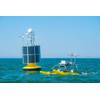
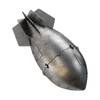
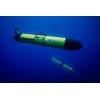

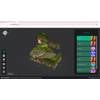







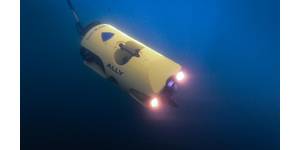
 February 2025
February 2025



